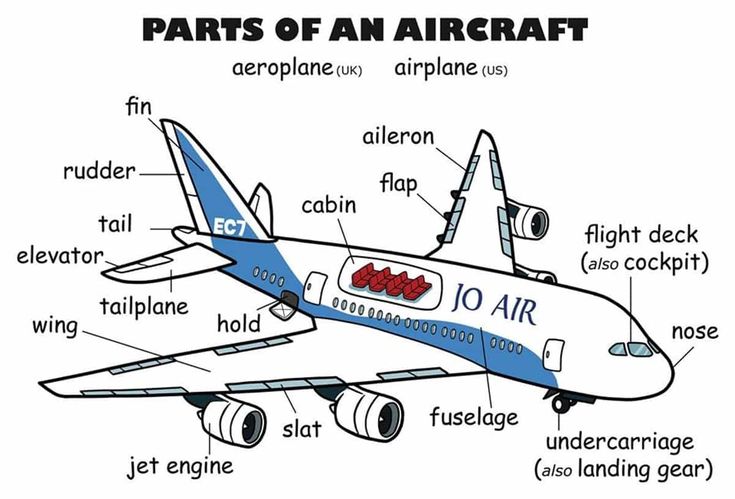The world of commercial aviation is a heavily safety-driven industry, and companies invest significant amounts of money in developing aircraft components with this priority in mind. Aircraft tires are no exception to this rule, and they must be heavily reinforced to bear an aircraft's weight. The time and money that goes into developing safer tires is reflected in their prices, but how much do they cost?
Airliners feature components that, in principle, seem like everyday objects. Indeed, we use things like doors and toilets frequently as we go about our day. However, in the context of commercial aviation, these seemingly everyday objects have been developed extensively to mitigate against anything that could threaten the safety of an aircraft and its occupants. As such, they are considerably more expensive.
Many of us enjoy sipping on a cup of tea or coffee in the skies, and are happy to part with a few dollars for the privilege. However, as Simple Flying explored last year, onboard coffee machines can cost as much as $20,000!
Photo: Getty Images
The rule of high costs reflecting extensive safety development applies not only on an individual level to a plane's various components, but also to the aircraft as a whole. Indeed, today's highly-advanced jetliners have list prices of hundreds of millions of dollars. But where do tires come into this? Let's take a look at the market.
As you might expect, aircraft tires are certainly more expensive than those found on our cars. However, the gulf between them is perhaps not as large as you may have imagined. Indeed, AeroSavvy notes that "retail tire prices range from a few hundred dollars for regional aircraft to as much as $5000 for a widebody main tire."
The Points Guy quotes a slightly different pricing spectrum, although it is still in a similar ballpark. For example, the publication notes that a Boeing 737's four main tires cost $1,500 each.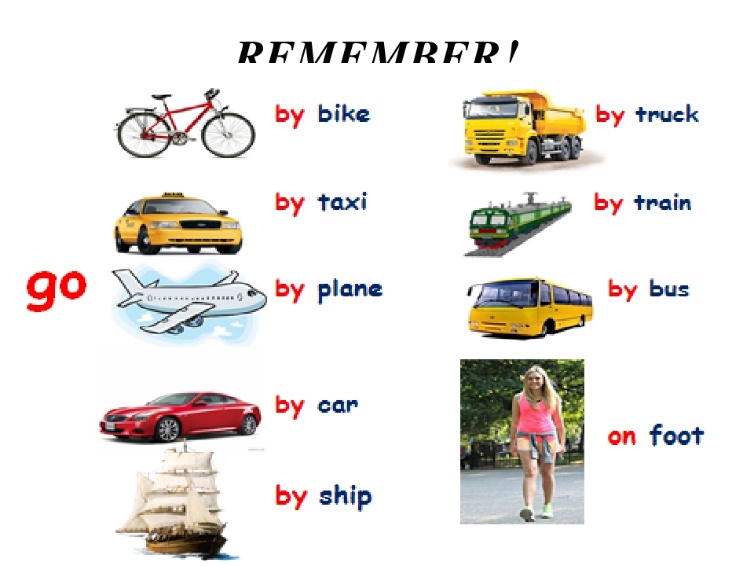 However, Boeing 777s are somewhat more expensive to equip in this regard, with each of the widebody's 12 main tires costing $6,000.
However, Boeing 777s are somewhat more expensive to equip in this regard, with each of the widebody's 12 main tires costing $6,000.
Photo: Getty Images
Of course, the phrase retail tire prices has a certain implication. Specifically, much like when purchasing aircraft, companies tend to have a bit of space to negotiate. This is particularly important when placing lucrative bulk orders.
These prices are perhaps not as eye-watering as the aforementioned $20,000 coffee machines. However, we should remember that an airliner will generally require more tires than hot drinks dispensers. As such, the total cost of tires quickly adds up over the course of an aircraft, and, indeed, even quicker across an entire fleet.
For example, at $5,000 each, the 12 tires on an Airbus A340, including its famous middle landing gear, would command a total price of $60,000. As Simple Flying explored last year, the aircraft with the most tires in recent times was the colossal Antonov An-225.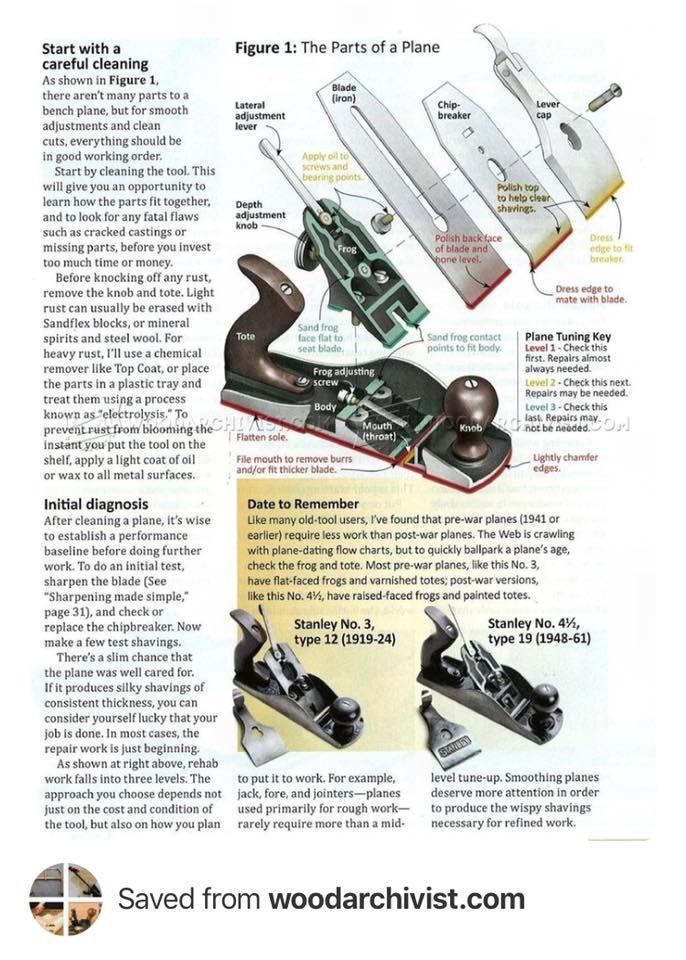 Before this aircraft's sad demise following Russia's invasion of Ukraine, the mammoth six-engine jet was known for having a whopping 32 tires.
Before this aircraft's sad demise following Russia's invasion of Ukraine, the mammoth six-engine jet was known for having a whopping 32 tires.
Photo: Getty Images
Despite the potential for an airline's tire bill to quickly skyrocket, there are ways in which money can be saved on these components. According to tire manufacturer Dunlop, each of a Boeing 747's 18 tires can be re-treaded up to seven times.
This represents a significantly cheaper solution to tire wear than replacing them. Furthermore, HighSkyFlying reports that manufacturers, rather than airlines, generally cover the cost of re-treading. With tire disintegration having led to deadly accidents in the past, it is understandable that companies pay high sums to ensure that they receive a product that offers those onboard a safe ride.
How much would you have guessed that aircraft tires cost? Which aircraft that you have flown on has had the most tires? Let us know your thoughts and experiences in the comments!
Sources: AeroSavvy, Dunlop, HighSkyFlying, The Points Guy
Have you ever wondered how big are plane tires? You’re not alone! When most people think about plane tires, they assume that they must be very large in order to support the weight of the aircraft.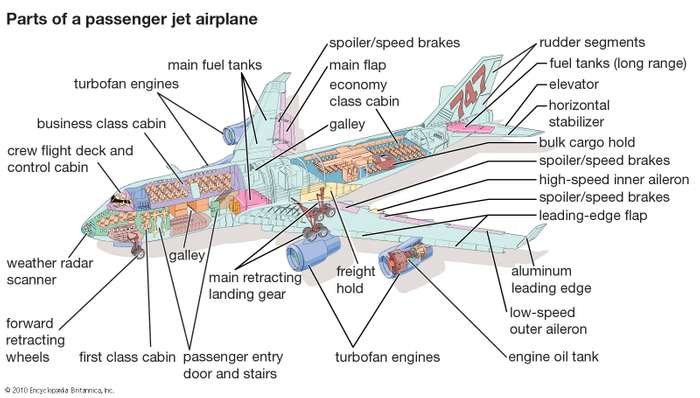 However, this is not always the case.
However, this is not always the case.
How To Read Any Tire's Size?
Please enable JavaScript
How To Read Any Tire's Size?
In this article, we will explore the size of airliner tires and answer some common questions about them.
There are a huge variety of different sized airplanes, and therefore there are more than 1 answer to the question “How Big Are Plane Tires”. The dimensions of an airplane tire depend on the model and make of the aircraft.
However, a general guide is that the height of a typical commercial airplane tire is between 20-40 inches, and the width is around 7.5 to 40 inches, depending on which tires are in question.
The tires at the nose of the plane are typically the smallest and the main tires are usually the largest. A Boeing 737 uses tires measuring 27×7. 75 R15 at the nose, meaning it is 27 inches tall and 7. 5 inches wide. The main tires in the middle of the plane are closer to 44 inches tall and 20 inches wide.
5 inches wide. The main tires in the middle of the plane are closer to 44 inches tall and 20 inches wide.
This isnt as big as you may have thought, but planes require a much larger number of tires than other modes of transport. Airplanes will have on average 14 tires with some of the biggest planes in the world needing up to 32 tires!
Plane tires are usually made from synthetic rubber or a similar material. This helps to make them strong and durable, as well as being able to withstand the extremely high pressures that the tires need to be inflated to.
Airplane tires are typically inflated to around 200 psi which is many times more than a car tire will be inflated to. This is because the high level of pressure gives them their strength.
Again, this answer will vary depending on the size of the aircraft.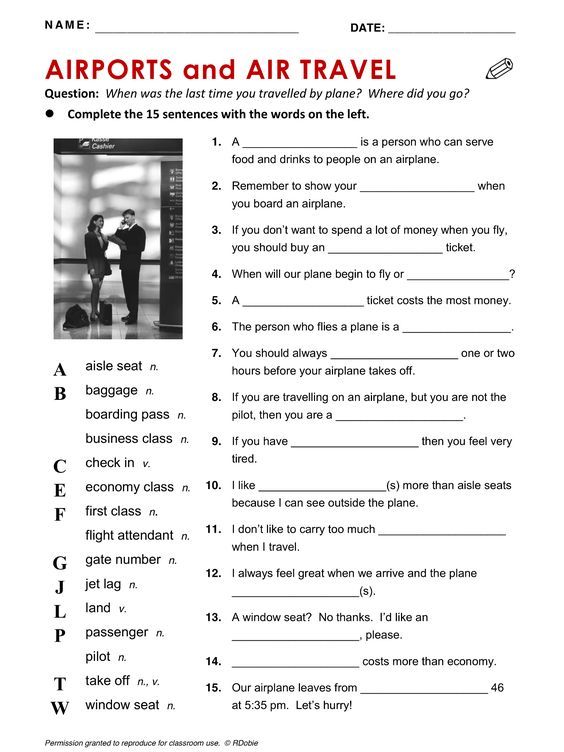 A small single-engine airplane may have tires that weigh around 50 pounds each, while a large commercial airliner can have tires that weigh up to 500 pounds each!
A small single-engine airplane may have tires that weigh around 50 pounds each, while a large commercial airliner can have tires that weigh up to 500 pounds each!
One of the main reasons that airplane tires are so big is because they need to be able to support a lot of weight. For example, a Boeing 747 can weigh up to 660,000 pounds when it is fully loaded with passengers, cargo, and fuel. That’s a lot of weight for tires to support!
Another reason that airplane tires are so big is because they need to be able to withstand the high temperatures and pressures that are generated when an aircraft is landing.
The friction between the tires and the runway can cause the temperature of the tires to increase, and if they were not big enough, they could burst.
If a plane tire bursts, it can cause serious damage to the aircraft.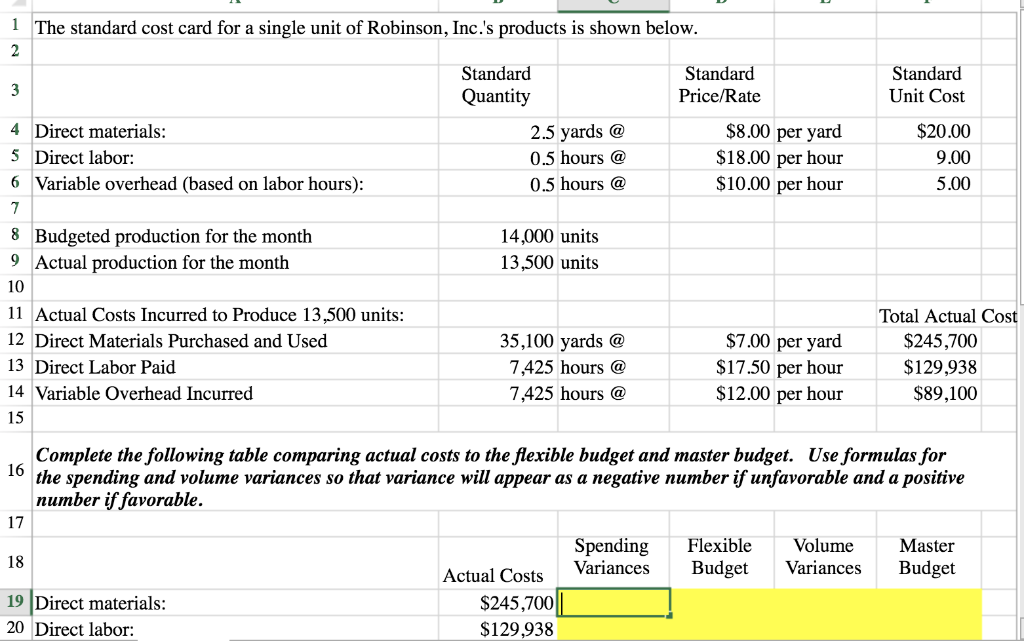 The tire will usually shred and the pieces can fly up and hit the fuselage or wings of the plane. This can cause major damage and even put the aircraft at risk of crashing. This is what happened with the infamous and tragic Air France flight 4590.
The tire will usually shred and the pieces can fly up and hit the fuselage or wings of the plane. This can cause major damage and even put the aircraft at risk of crashing. This is what happened with the infamous and tragic Air France flight 4590.
However the chances of this ever happening are extremely slim. Airplane tires are over-designed to ensure that this never happens. In fact when testing airplane tires, it has been discovered that the wheel of the airplane is more likely to fail before the tire is.
The main difference between airplane tires and other types of tires is the level of stress that they are put under. Airplane tires need to be able to support the vast weight of the aircraft while it is on the ground.
Another difference is that airplane tires are not made from traditional rubber. They are usually made from synthetic rubber or a similar material. This helps to make them more durable and able to withstand the high pressures that they are inflated to.
This helps to make them more durable and able to withstand the high pressures that they are inflated to.
Plane tires also have a different tread pattern to other tires you may have seen. They need to be able to evacuate water if landing in wet conditions just like any other tire.
Finally, airplane tires are much larger than other types of tires. This is because they need to be able to support a lot of weight and they also need to be able to withstand the high temperatures and pressures that are generated when an aircraft is landing, taking off and manoeuvring around the airport.
One of the main challenges of designing and manufacturing airplane tires is that they need to be able to withstand a lot of stress. They are put under an extreme amount of stress when an aircraft is landing and need to be able to provide cushioning against the shock of impact when landing at nearly 170mph.
The tires also need to be able to support a lot of weight. Airplanes can weight up to 660,000 pounds when they are fully loaded. The tires also need provide traction for the plane to help with braking the airplane and slowing it down after landing.
Unlike other vehicles, airplane do not have to withstand heavy load for a continuous amount of time. Other than being able to support the weight of the plane while on the ground, it only needs to operate and absorb a heavy load for a short amount of time while landing.
The answer to this question will vary depending on the type of aircraft and how often it is used. For example, a small single-engine airplane may need new tires every few hundred hours of use, while a large commercial airliner can go through several sets of tires in a year.
Typically the tires on a commercial airplane can land the airplane safely around 500 times before needing a service. One a tire has come the end of its life, it can undergo retreading up to 7 times. This process can give the tire another few hundred landings before it needs to be replaced.
One a tire has come the end of its life, it can undergo retreading up to 7 times. This process can give the tire another few hundred landings before it needs to be replaced.
After being retreaded so many times, the tire will eventually need to be replaced. The casing of the tire will have weakened and it will no longer be able to support the weight of the aircraft or provide the cushioning that is needed for landing.
Again, the answer to this question will vary depending on the size of the aircraft. A small single-engine airplane may have tires that cost around $200 each, while a large commercial airliner will have tires that cost upwards of $5000 each!
As you can see, airplane tires are much different than other types of tires. The answer to how big are plane tires will vary but they can be over 50 inches tall and 20 inches wide. They need to be able to withstand a lot of stress, support a lot of weight, and be able to provide cushioning for landing.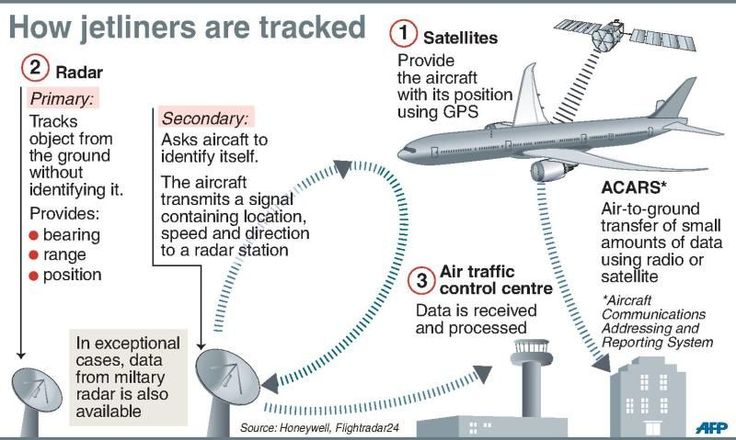
So there you have it! Now you know a little bit more about the surprisingly large size of airplane tires. Next time you’re at the airport, take a look at the tires on the planes and see for yourself! You may be surprised at just how big they are.
We hope you enjoyed this article and found it informative. If you have any questions then please leave a comment below or get in touch via email or through social media and we will read and respond to every comment, email or question. Thanks for reading!
If you’re looking for the best price on Goodyear tires, then check out our exclusive discount link for up to $250 off your next order!
iXBT.com projects require cookies and analytics services. By continuing to visit project sites, you agree to our Cookie Policy
If you've ever seen an airplane landing from the side, you've probably noticed the cloud of smoke that appears when the wheels of the landing gear come into contact with the runway.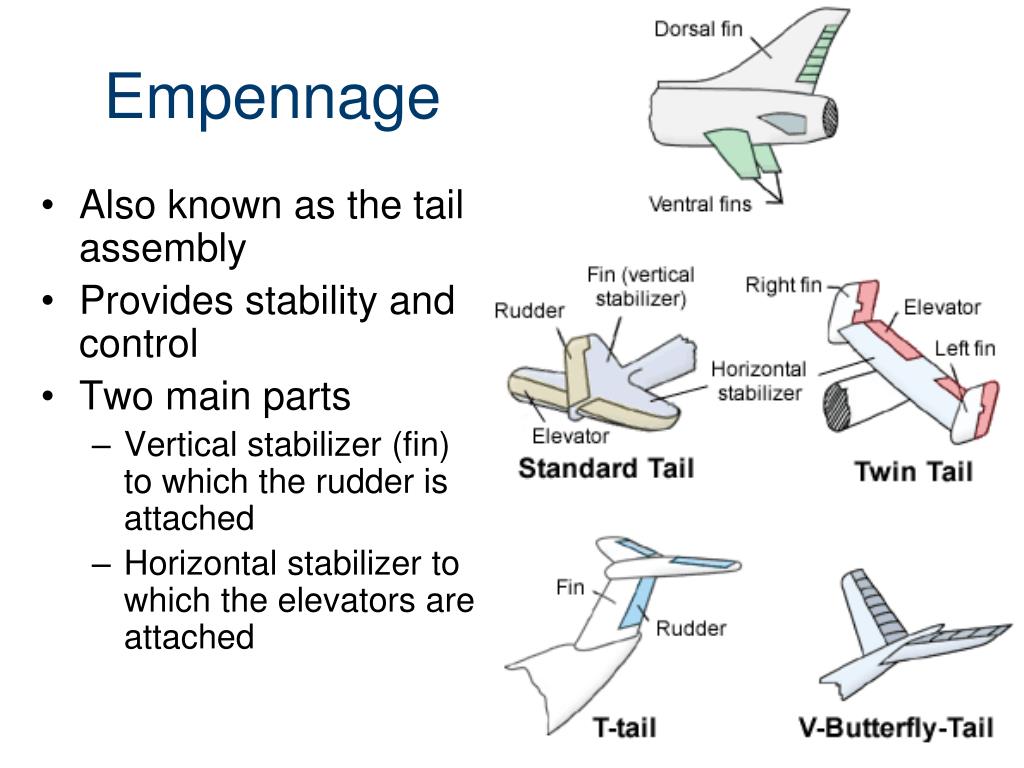 This is due to the fact that the initially stationary wheels are pressed against the concrete surface by the weight of the airliner at a speed of ~ 270 km/h.
This is due to the fact that the initially stationary wheels are pressed against the concrete surface by the weight of the airliner at a speed of ~ 270 km/h.
Strong friction causes the rubber to heat up to 180°C - 200°C and produce smoke. This lasts only a few seconds, after which the wheels of the landing gear come into contact with the runway and then already rotate in accordance with the speed of the aircraft.
Due to the friction of tires on concrete, characteristic black marks are formed on the runway, which impair traction, and therefore increase the braking distance after landing. It is believed that with each landing an airliner leaves behind the ground from 400 to 700 grams of burnt rubber. At large airports, it is removed from the runway about once a week, and at smaller airports - once a year.
It would seem that airlines could save a lot if aircraft were equipped with a system for pre-spinning the wheels before landing. After all, then when the wheel came into contact with the ground, strong heating would not occur, which means that the tires would last longer.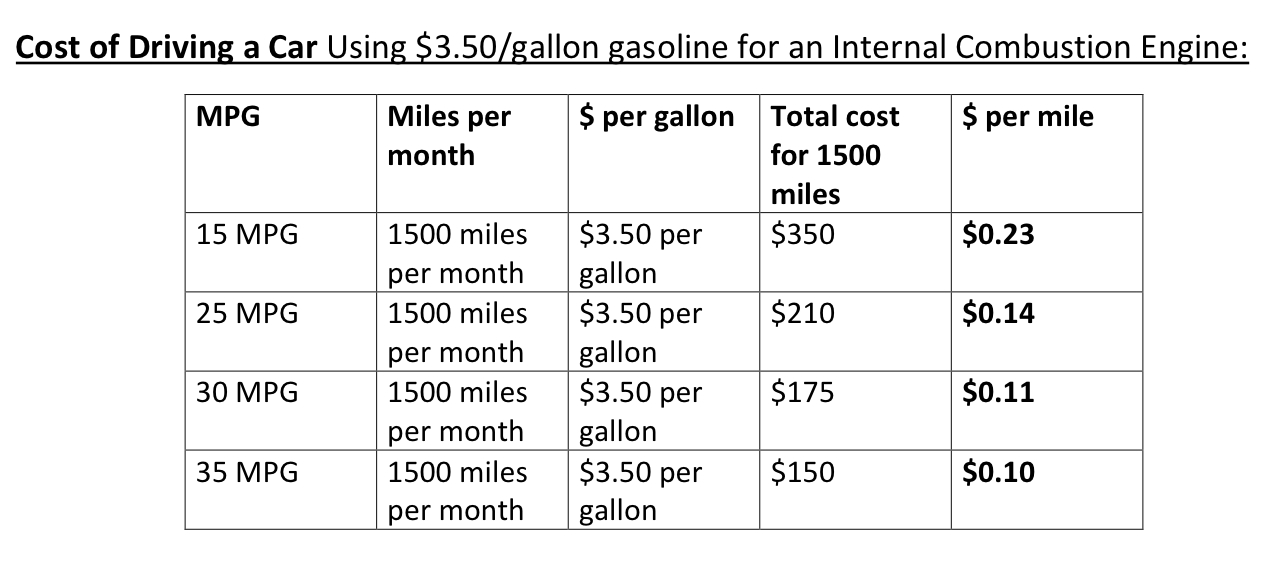
Similar solutions were proposed in the first half of the 20th century, but they were never used in commercial aviation. Only a few models of aircraft are known, where electric motors were used to spin the wheels before landing. The first is the American Lockheed R6V Constitution, an experimental transport military aircraft, the first flight of which took place in 1946 year. The second was the Soviet reconnaissance aircraft Il-28R in 1950.
Lockheed R6V ConstitutionR6V Constitution pilots noted an unpleasant feature of the wheel spin system - because of it, during landing, it became much more difficult to understand whether the plane touched the ground or not yet. In addition to this drawback, wheel spin systems have a number of disadvantages, due to which we are unlikely to ever stop observing smoke during landing.
First, modern airliners are equipped with 6 to 22 wheels, each weighing between 60 and 120 kg. Therefore, on average, about a dozen electric motors are needed, powerful enough to spin heavy wheels at the speed of Formula One.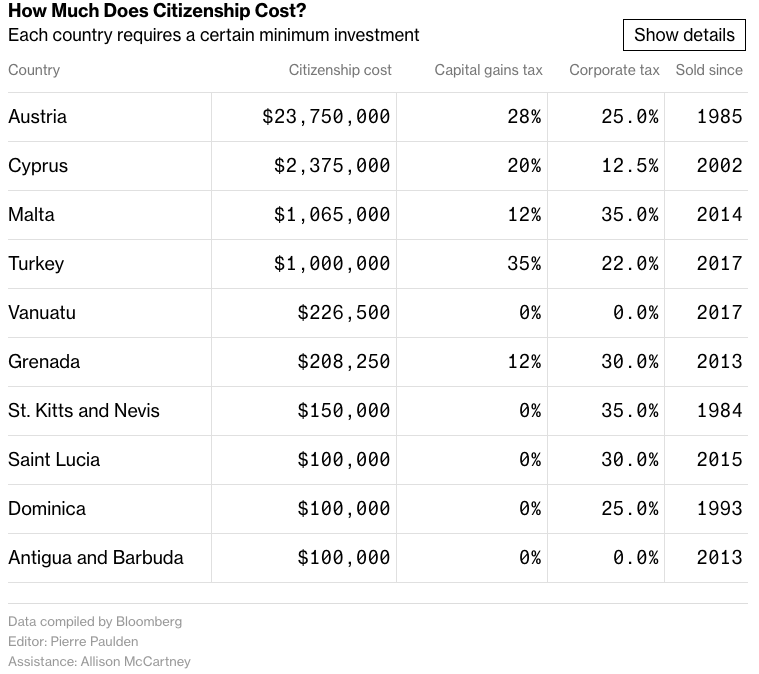 The engines will need batteries to run, which in aviation can pose a serious safety hazard due to design errors. Batteries and engines will greatly increase the mass of the aircraft, which will inevitably lead to increased fuel consumption and offset the savings on tires.
The engines will need batteries to run, which in aviation can pose a serious safety hazard due to design errors. Batteries and engines will greatly increase the mass of the aircraft, which will inevitably lead to increased fuel consumption and offset the savings on tires.
Secondly, in order to introduce new technology on commercial flights, it is necessary to be certified by regulators (such as the FAA in the US and EASA in Europe), proving the safety and fault tolerance of the system. The latter will be a particularly difficult challenge. After all, if at least one electric motor stops working, then during landing the plane can lead to the side. And given that the width of the runway usually does not exceed 60 meters, there is not much room for maneuver.
Thirdly, even if we forget about the mass of this entire system, the savings on tires will still turn out to be quite meager. According to studies, the use of wheel spin systems reduces tire wear during landing by no more than 50%.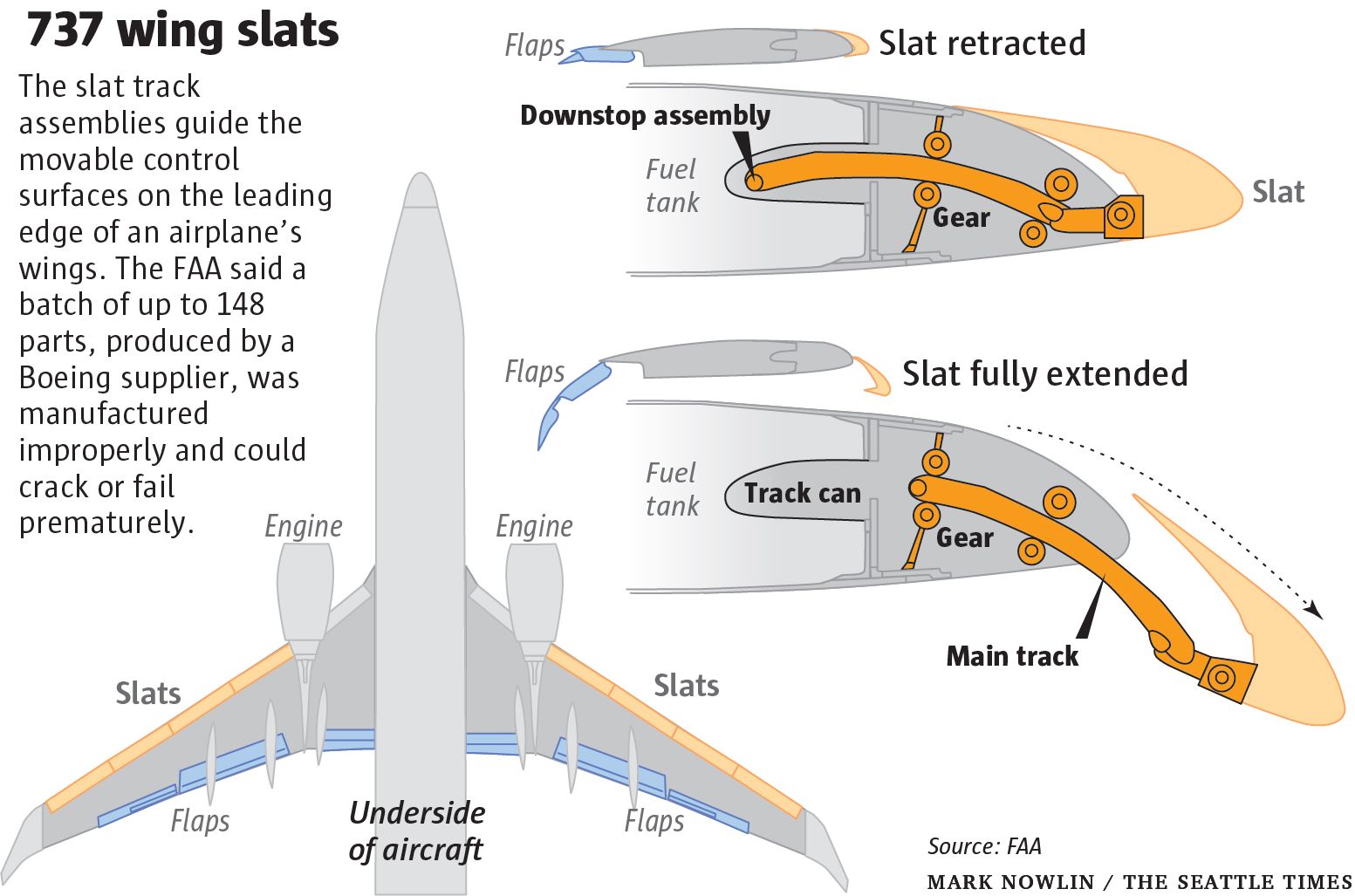
Modern tires last 300 to 500 take-off and landing cycles before being retreaded. On average, each tire goes through the retreading process 4 to 6 times. Tires for a Boeing 737 cost about $1,500 a piece, while tires for an Airbus A380 cost up to $5,000. These are insignificant figures against the background, for example, of replacing one engine blade after being hit by a bird: in this case, the repair will cost ~ 50 thousand dollars. A complete replacement of one of the engines is estimated at $10 million or more.
We all probably know the story about the blue electrical tape and its miraculous properties that allow you to repair any object. With it, you can insulate wires, fix a car and even an airplane. And in...
Esselte's Scandinavian notebook stands out from the general range with a paper weight of only 70 g/m2. This is the closest analogue of notebooks issued in Vietnam for Walmart store, but thinner by 30 pages. ...
...
Not as romantic as the previous ones, but a very useful post. There is not so much information about Algeria, I will tell you how and on what we flew, where and what we bought, as well as the design details...
The USA is a large country with the most developed economy in the world, and the vast majority of houses in the private sector there are built from wood, particle board and drywall. A clear dissonance with the domestic ...
ELTRONIC BOLD 20-79 - the second largest music speaker from a new series of small speakers released by ELTRONIC brand. Based on the name, it really resembles a bolt, such men's and...
ChatGPT comes up with texts, creates technical specifications and even edits the code. But his skills don't end there - he can also create beautiful and detailed mind maps on demand. And for this not...
The modern aircraft tire is a complex, high-tech structure designed to handle enormous speeds and loads at the highest possible weight and size.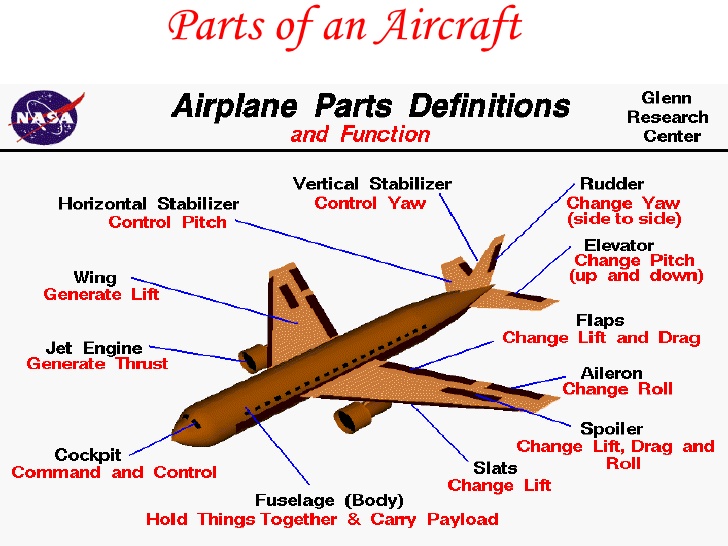 Despite this, the tire is one of the least understood and most underestimated elements of an aircraft. Everyone will agree that they are "dirty, black and round." But in reality, an aircraft tire is a multi-element component constructed from three materials: cord, rubber, and metal. By weight, an aircraft tire is 50% rubber, 45% cord and 5% metal. Digging into the component materials in more detail, you can see the different types of rubber compounds and nylon cords. They have their own special properties for the successful completion of tasks.
Despite this, the tire is one of the least understood and most underestimated elements of an aircraft. Everyone will agree that they are "dirty, black and round." But in reality, an aircraft tire is a multi-element component constructed from three materials: cord, rubber, and metal. By weight, an aircraft tire is 50% rubber, 45% cord and 5% metal. Digging into the component materials in more detail, you can see the different types of rubber compounds and nylon cords. They have their own special properties for the successful completion of tasks.
All aircraft tires can be divided into 2 categories:
Before mounting the tire on the aircraft wheel, a series of tests are carried out over it.
These test checks are divided into static and dynamic.
Static
1. Strength test under internal hydraulic pressure. Method: a tire is mounted on a test wheel and pumped with water to the point of rupture. For a certain time, the tire must withstand the load without destruction.
For a certain time, the tire must withstand the load without destruction.
2. Determining the tire pressure on the wheel rim. One of the methods is copying. Place one copy sheet between two sheets of plain paper. Then this paper "structure" is installed between the wheel flange and the tire bead. Next, the tire is pumped up. When the heel of the wheel bead touches the vertical surface of the flange, the fit pressure on the rim is recorded. This will be reflected in the form of a trace on plain paper from the copy sheet.
3.Identification of the tightness of tubeless aircraft tires. The tire is inflated to the maximum pressure and kept at the same temperature for a certain time. During this time, the pressure inside the tire decreases due to the increase in its dimensions. Next, measure the pressure difference, how much it fell over the allotted time.
4. Determination of tire dimensions. The aircraft tire is installed on the wheel, pumped up to the maximum nominal pressure.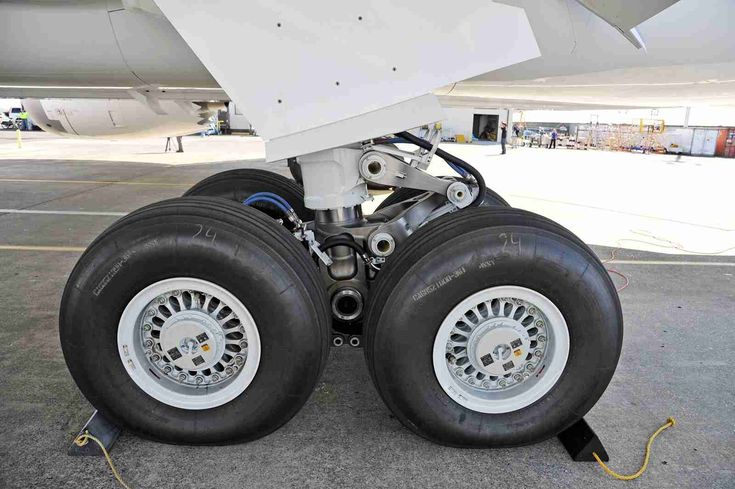 A certain time is kept at room temperature. After the end of this time, the tire is pumped up to its original value. Then the following values are measured: outer width, outer diameter, width and diameter along the shoulder area.
A certain time is kept at room temperature. After the end of this time, the tire is pumped up to its original value. Then the following values are measured: outer width, outer diameter, width and diameter along the shoulder area.
Dynamic
1.Pressure correction. The influence of the curvature of the drum is taken into account.
2. Carrying out dynamic tests of tires in conditions as close as possible to operation: for speed, load, etc.
How to change jet tires
Aircraft tires are admired in the air and safe on the ground. But landings and takeoffs have a negative impact on their condition.
During the year, an aircraft travels a distance of 8 thousand kilometers on the ground, taxiing, maneuvering, flying in and landing. Contacts of aircraft landing gear elements with the runway strongly affect tire wear. Changing tires is a real problem for airlines because it costs a lot of money, but for air carriers, safety always comes first.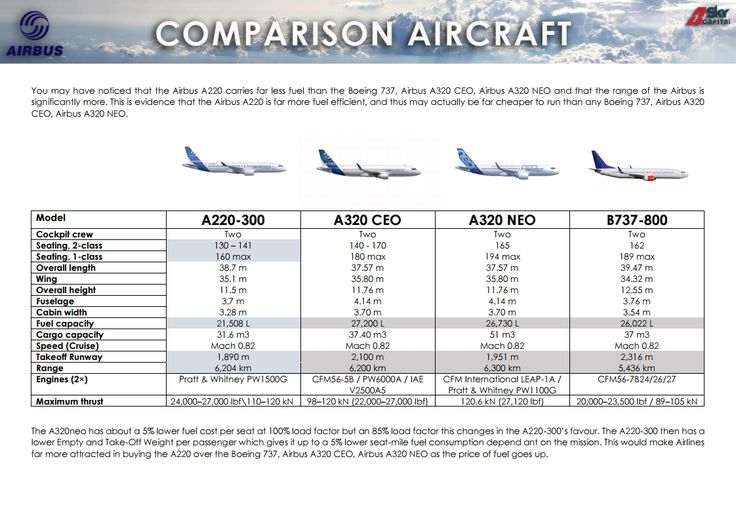 A qualified team of tire fitters is required to complete the change within 30 minutes.
A qualified team of tire fitters is required to complete the change within 30 minutes.
Frankfurt has one of the busiest international airports and is home to one of the largest airlines, Lufthansa.
The aircraft taxis to the parking lot, a team of specialists begins work. The beginning of the process is very similar to replacing car tires, the only difference is that if the car has 4 wheels, then the aircraft has as many as 30. Blocks of 8 pieces are located under the nose and wings and are attached to the so-called. carts. The trolley is lifted using a jack. The jack's hydraulic pump uses the pressure inside the tire.
after an emergency landing
Having lifted the structure, the team removes the wheel. First, the specialist unscrews the fixing nut. From the skillfully honed movements of the mechanics, it can be seen that the work is ordinary. The price of a mistake is high and is measured by the lives of people who will fly this plane. Mechanics need to know when it is time to change a tire.